Medical aid lies at the intersection of diplomacy , humanitarianism, and strategic policymaking.
That is the opinion of Mr. Darryl Scarborough (*) in the article Health Aid and Global Influence: Balancing Diplomacy, Development, and Equity published on Modern Diplomacy on February 6.
According to Mr. Scarborough, health aid is not only a means to address urgent public health challenges, but also a tool for donor countries to expand their geopolitical influence. Especially in the context of the pandemic, with its fraught with inequality and fragile health infrastructure, the need for an effective and equitable health aid mechanism is more urgent than ever. It can be said that health aid is both a humanitarian need and a political tool, requiring in-depth analysis of its motives, impacts and long-term consequences.
Darryl Scarborough's article in Modern Diplomacy examines regional approaches to health aid, the involvement of state and non-state actors, and the role of sustainable frameworks that prioritize health equity over donor competition.
Understanding the complex interplay between power and policy in global health aid will help localities build more effective health initiatives, empower communities, and strengthen health systems around the world.
Washington and the program in Kenya
In 2003, then-US President George W. Bush launched the Global Emergency Plan for AIDS Relief (PEPFAR) to address the global HIV/AIDS crisis, a prime example of the strategic nature of health aid.
According to Mr. Scarborough, this program has provided HIV/AIDS treatment regimens that have saved millions of lives, strengthened medical infrastructure and strengthened diplomatic relations between the US and Kenya.
Critics, however, argue that PEPFAR's vertical approach prioritizes imaging and measurable outcomes over integration into the overall health system, leaving many other important health needs underfunded.
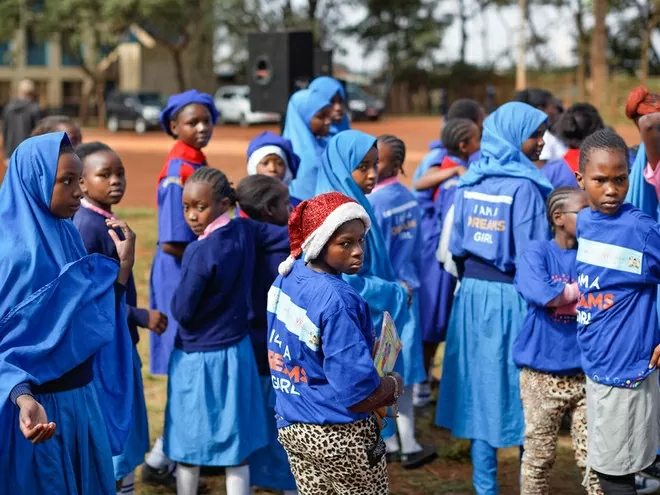 |
| Girls at St. John's Community Center in Nairobi, Kenya, attend a PEPFAR-supported event. (Source: PEPFAR) |
In addition, Mr. Scarborough commented, PEPFAR focuses on emergency interventions for HIV/AIDS, but this also poses a bigger problem: How to balance disease-specific treatment programs with building a sustainable health system?
The reliance on foreign funding also raises concerns about the sustainability of the program, as if donors change priorities, the achievements could be threatened.
Without closer integration into local health systems, advances in HIV/AIDS treatment could be vulnerable to fluctuations in funding and adjustments in geopolitical strategy.
Beijing's footprint in Ethiopia
In contrast to the US approach, China has been implementing health projects in Ethiopia under the Belt and Road Initiative (BRI) by building hospitals and training medical personnel.
Mr. Scarborough said that these infrastructure investments not only enhance Beijing’s image and diplomatic relations but also help address many important issues in access to health services. However, these projects often lack the necessary support system to ensure long-term sustainability.
The differences between PEPFAR and the Chinese model also reflect different donor priorities. While Washington focuses on urgent and targeted health interventions, Beijing invests in long-term health infrastructure development.
Furthermore, the success of Chinese-built hospitals depends not only on infrastructure but also on consistent investment in human resource training and ensuring financial resources for operations. Without these factors, the projects risk becoming symbols of foreign investment rather than sustainable healthcare solutions.
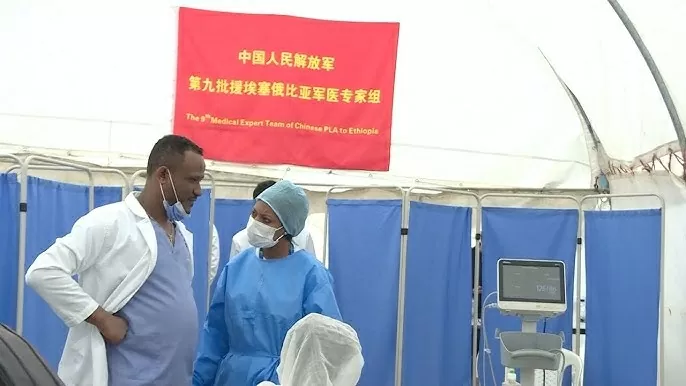 |
| China has been implementing health projects in Ethiopia under the Belt and Road Initiative (BRI) by building hospitals and training medical personnel. (Source: Xinhua) |
Regional Impact
The distribution of health aid also shows clear regional disparities, Mr. Scarborough stressed.
In sub-Saharan Africa, especially East Africa, which is home to about 64% of the world’s HIV-infected population, new infections have fallen dramatically over the past 30 years. But despite progress in the fight against the disease, the region still faces a serious challenge: high maternal mortality.
In 2020, this sub-region accounted for 69% of all maternal deaths globally, indicating that many other health problems remain unaddressed.
Meanwhile, in the Balkans, many European Union programs continue to support health system improvements, but persistent economic and political instability still hinders comprehensive health governance reforms.
The effectiveness of health aid is linked to governance structures and political stability, Mr. Scarborough pointed out.
In East Africa, investment in maternal and child health must be prioritized alongside communicable disease control programmes. Similarly, sustainable health aid models in politically unstable areas must be aligned with local priorities and focus on long-term capacity building.
Competition among sponsors
According to the expert, aid recipient countries must increasingly be flexible in the face of different priorities to maximize the benefits of donors.
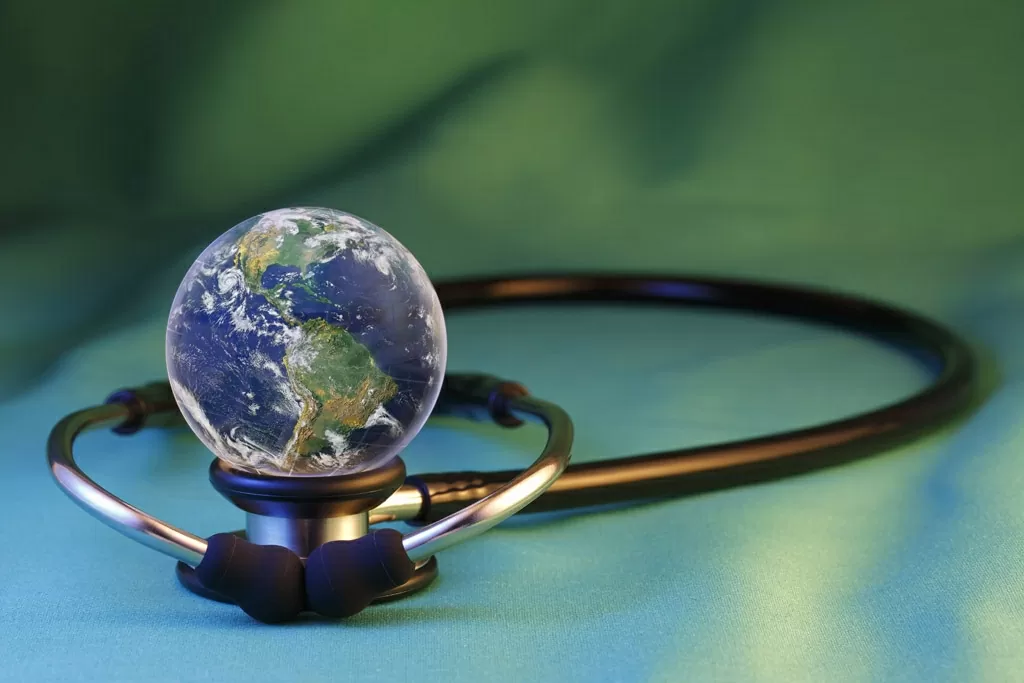 |
| Health aid is not only a means to address pressing public health challenges, but also a tool for donor countries to expand their geopolitical influence. (Source: Stanford Medicines) |
For example, Uganda has strategic partnerships with both the US and China, leveraging resources from Washington for HIV/AIDS treatment and from Beijing for infrastructure development.
This balance demonstrates the increasingly active role of recipient countries in shaping how aid is allocated.
In addition, to effectively manage diverse aid programs, countries need strong domestic institutions capable of coordinating aid flows and ensuring alignment with national priorities.
But the move also carries risks: Competition among donors could lead to political dependency and fragmented health strategies.
Therefore, recipient countries need to build strong institutions to reduce dependence on external funding, and negotiate aid strategically.
Political motive
Medical aid often reflects broader geopolitical strategies, Mr Scarborough asserted.
During the Cold War, US medical aid served as a tool to counter Soviet influence through soft power diplomacy.
Today, China’s investments in global health fit with its goal of expanding its influence in countries in the Global South.
These motives thus show that medical aid is rarely a neutral activity.
As donor countries use health aid to strengthen their geopolitical position, recipient countries need to balance external influences while prioritizing domestic health needs.
The core challenge now is to ensure that health aid promotes sustainable local development rather than becoming an instrument of external control.
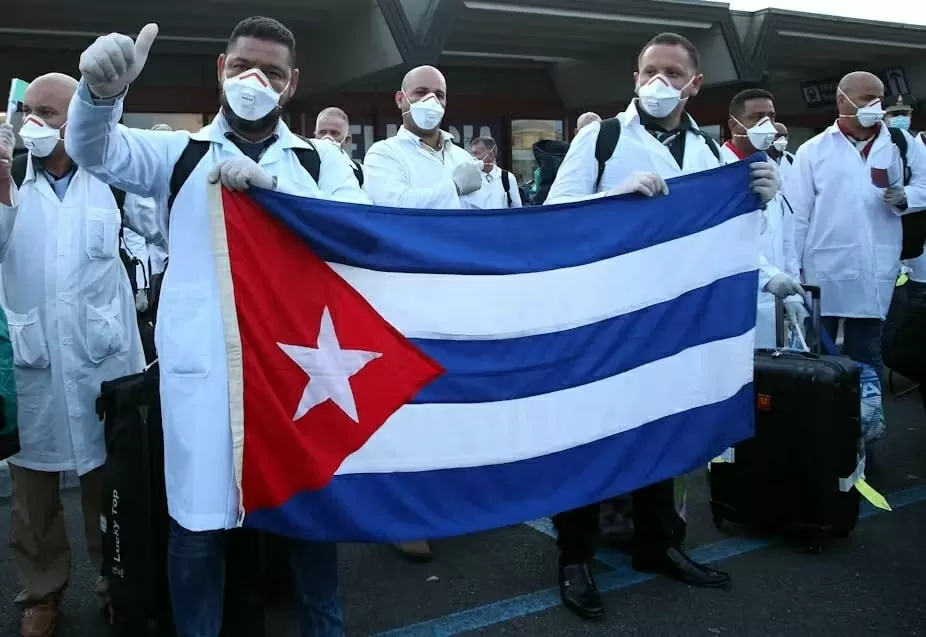 |
| Cuba deploys medical teams to Latin America, not only to provide essential medical services but also to expand its ideological influence. (Source: Peoples Dispatch) |
In addition, medical aid is also closely linked to the political goals of countries. Typically, in Southeast Asia, Japan's medical diplomacy focuses on disaster preparedness, in response to the frequent natural disasters in the region. Meanwhile, Cuba deploys medical teams to Latin America, not only to provide essential medical services but also to expand its ideological influence.
These two distinct aid models, it can be said, reflect how health strategies both demonstrate humanitarian commitment and serve national diplomatic goals.
Japan's focus on building resilience highlights the importance of preventive health measures, while Cuba's export of medical professionals underscores the role of human resources in health diplomacy.
Both approaches demonstrate the intersection of global health priorities and political strategies, affirming the potential of health aid as a humanitarian-diplomatic bridge.
Non-state entity
Non-state actors, including non-governmental organizations (NGOs), philanthropic foundations, and multinational corporations, are increasingly playing a key role in shaping global health aid.
For example, the Gates Foundation (a private charity founded in 2000 by Microsoft co-founder Bill Gates and his wife, businesswoman Melinda Gates) has made significant contributions to global malaria eradication efforts, complementing many government-led initiatives.
However, reliance on non-state actors also poses challenges, particularly when their programmes are not effectively integrated into national health strategies.
In addition, the growing influence of private organizations requires closer coordination with government-led health initiatives. When non-state actors act in line with national priorities, health interventions are not only more effective but also contribute to strengthening, rather than fragmenting, the existing health system.
Above all, sustainable health aid models also need to combine efforts from both state and non-state actors to promote resilience and create long-term impact.
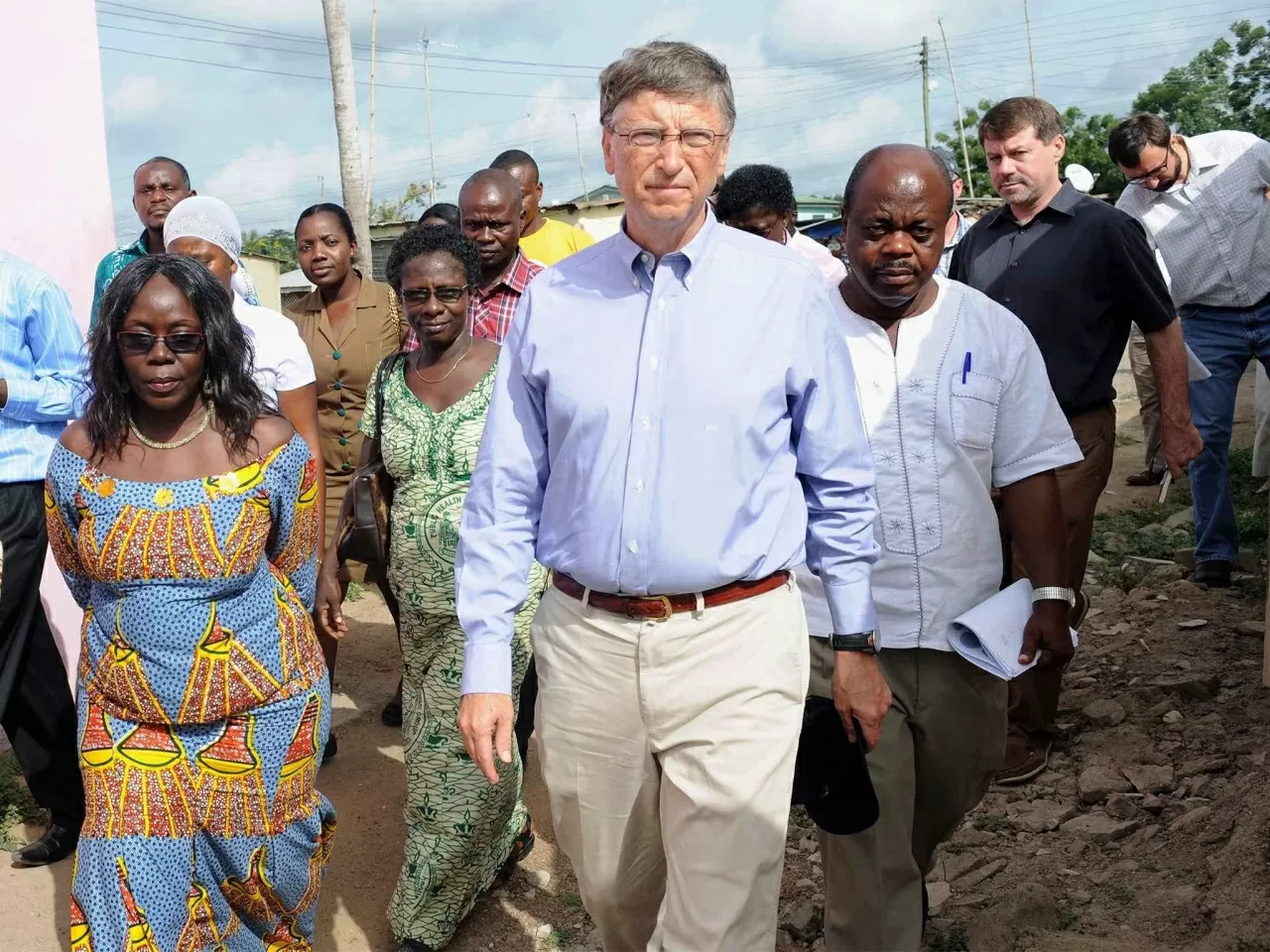 |
| The Gates Foundation has made significant contributions to global malaria eradication efforts, complementing many government-led initiatives. (Source: The Independent) |
Towards sustainable health aid
For health aid to be effective and sustainable, donors need to shape strategies that fit local governance structures and prioritize long-term capacity building.
Strengthening the primary health system and promoting comprehensive partnerships between state and non-state actors can enhance health system resilience while reducing dependence on foreign aid.
Sustainable health aid requires a balance between short-term emergency solutions and long-term investment in local health capacity, Scarborough said.
Innovative models, such as public-private partnerships or community-led initiatives, are opening up promising avenues to realize this goal.
This approach not only makes effective use of domestic resources and expertise, but also helps international aid closely align with each country's development strategy.
---
In short, medical aid has always been an important tool of global diplomacy, both providing humanitarian solutions and serving the strategic interests of each donor country. However, the uneven results of aid programs across different regions such as East Africa, the Balkans, Southeast Asia, and Latin America further demonstrate the need for a balanced strategy between efficiency and equity.
Ultimately, health aid in the future needs to move beyond geopolitical ambitions to prioritize transparency, collaboration, and the autonomy of recipient countries. When stakeholders work together to build strong partnerships and empower local actors, health aid can become a tool for sustainable development rather than a reflection of competing political interests.
(*) Mr. Darryl Scarborough is a seasoned veteran and international development professional, with extensive experience in humanitarian aid and peacekeeping, working in both the private and defense sectors.
Source


![[Photo] General Secretary To Lam works with the Central Policy and Strategy Committee](https://vphoto.vietnam.vn/thumb/1200x675/vietnam/resource/IMAGE/2025/5/28/7b31a656d8a148d4b7e7ca66463a6894)
![[Photo] Vietnamese and Hungarian leaders attend the opening of the exhibition by photographer Bozoky Dezso](https://vphoto.vietnam.vn/thumb/1200x675/vietnam/resource/IMAGE/2025/5/28/b478be84f13042aebc74e077c4756e4b)

![[Photo] Prime Minister Pham Minh Chinh receives a bipartisan delegation of US House of Representatives](https://vphoto.vietnam.vn/thumb/1200x675/vietnam/resource/IMAGE/2025/5/28/468e61546b664d3f98dc75f6a3c2c880)

![[Photo] 12th grade students say goodbye at the closing ceremony, preparing to embark on a new journey](https://vphoto.vietnam.vn/thumb/1200x675/vietnam/resource/IMAGE/2025/5/28/42ac3d300d214e7b8db4a03feeed3f6a)



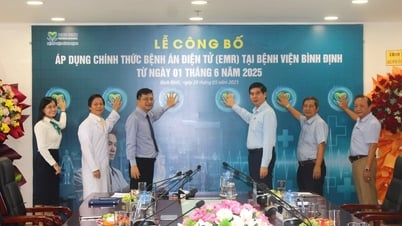

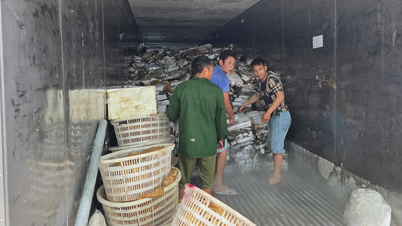

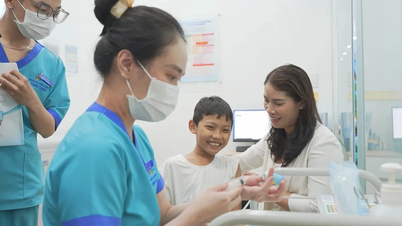
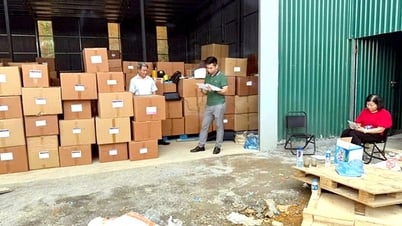





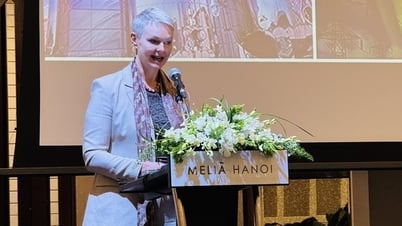
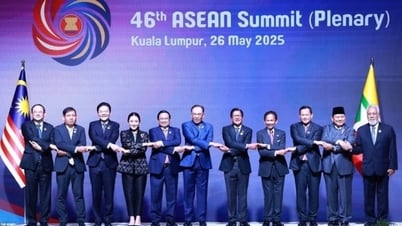
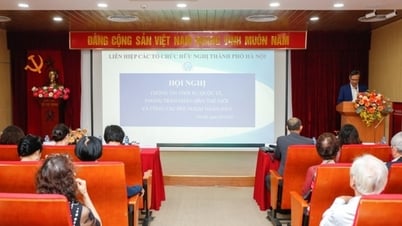
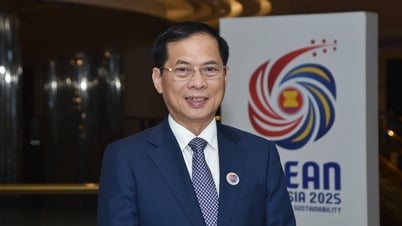
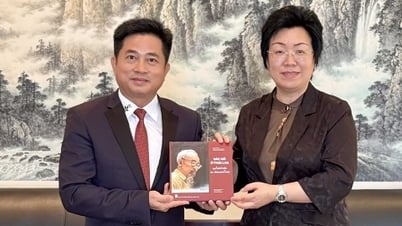
















































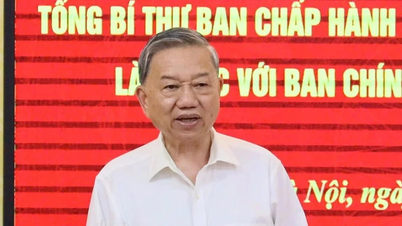

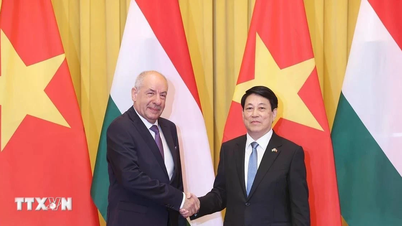
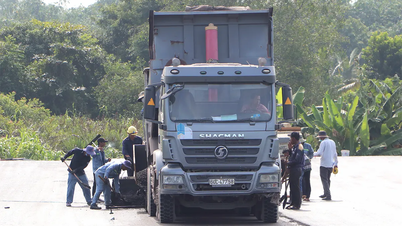

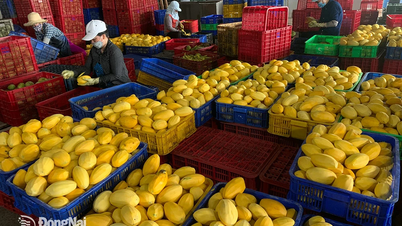
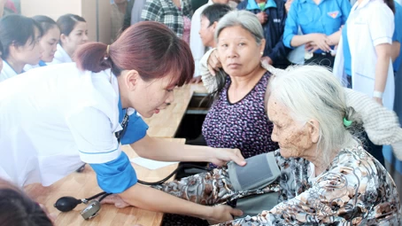
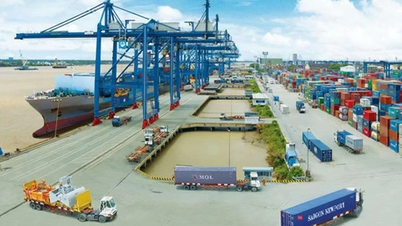








Comment (0)